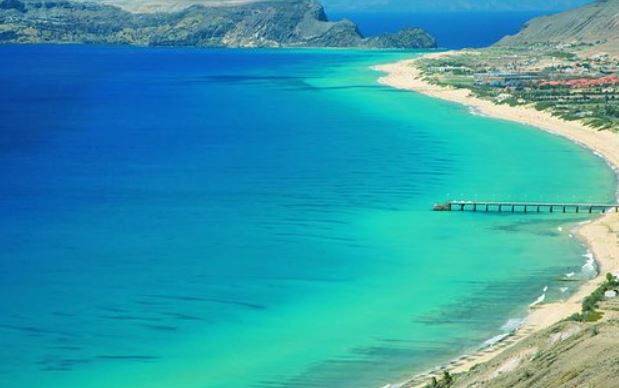Porto Santo Island

It appears that some knowledge of Atlantic islands, such as Madeira, existed before the discovery and settlement of these lands, as the islands appear on maps as early as 1339. From a portolan dating to 1351, and preserved in Florence, Italy, it would appear that the islands of Madeira had been discovered long before being claimed by the Portuguese expedition of 1418. In Libro del Conocimiento (1348–1349), a Castilian monk also identified the location of the islands in their present location, with the names Leiname (modern Italian legname with the same meaning as Portuguese madeira, “wood”), Diserta and Puerto Santo. Indeed, the move by Portugal to claim the Madeiran islands was probably a response to Spain’s efforts at the time to claim and subdue the Canary Islands.
However, humans never recorded the discovery of Porto Santo Island or the other Madeira islands until 1418, when Porto Santo was accidentally discovered after captains were storm blown into its sheltered harbor. They were in the service of Infante Henrique of Portugal. João Gonçalves Zarco and Tristão Vaz Teixeira had been ordered by King John I to discover new territory west of Africa and had been sent off-course by a storm while making the volta do mar westward swing return voyage. The island’s name Porto Santo (en: “Holy Harbour”) was derived from the sailors’ stories of their discovery of a sheltered bay during the tempest, which was interpreted as divine deliverance.[5] The first Portuguese settlers arrived in the 1420s.
